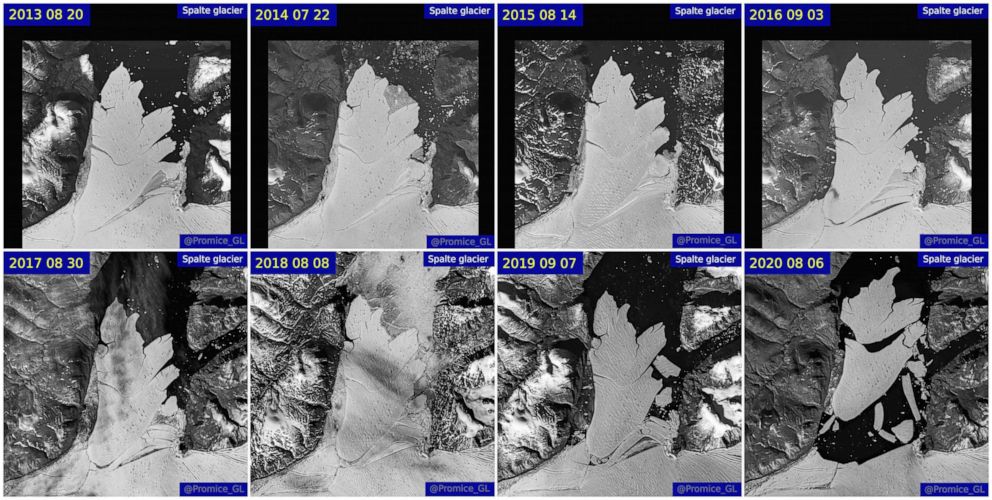Northern Hemisphere had warmest summer on record, NOAA says
The record surpassed those set in 2019 and 2016.
The Northern Hemisphere experienced its warmest summer in modern history this year, according to the National Oceanic and Atmospheric Administration.
The record surpassed those set in 2019 and 2016, which previously tied for the hottest.
In fact, the last three months were sweltering for the entire globe, which saw its third-hottest summer since recordings began in 1880. The average global land and ocean surface temperature in August was 1.69 degrees Fahrenheit above the 20th-century average of 60.1 degrees, NOAA scientists found.

August 2020 was also the warmest August in history for the Northern Hemisphere and second-warmest in the world.
The 10 warmest Augusts on Earth have all occurred since 1998. Five of the warmest Augusts have occurred since 2015.

Arctic sea ice has also continued to decline, according to NOAA.
The average Arctic sea ice extent (coverage) in August was the third-smallest on record, 29.4% below the 1981–2010 average, according to analysis by the National Snow and Ice Data Center.

A 44-square-mile area of the Nioghalvfjerdsfjorden ice shelf detached from northeast Greenland, a series of satellite images taken by EU Copernicus and the Geological Survey of Denmark and Greenland between 2013 and 2020 shows, according to the organization.
"We should be very concerned about what appears to be progressive disintegration at the Arctic's largest remaining ice shelf, because upstream it is the only major Greenland ice sheet ice stream, draining 16% of the inland ice reservoir," GEUS Professor Jason Box said in a statement.
ABC News' Max Golembo contributed to this report.




